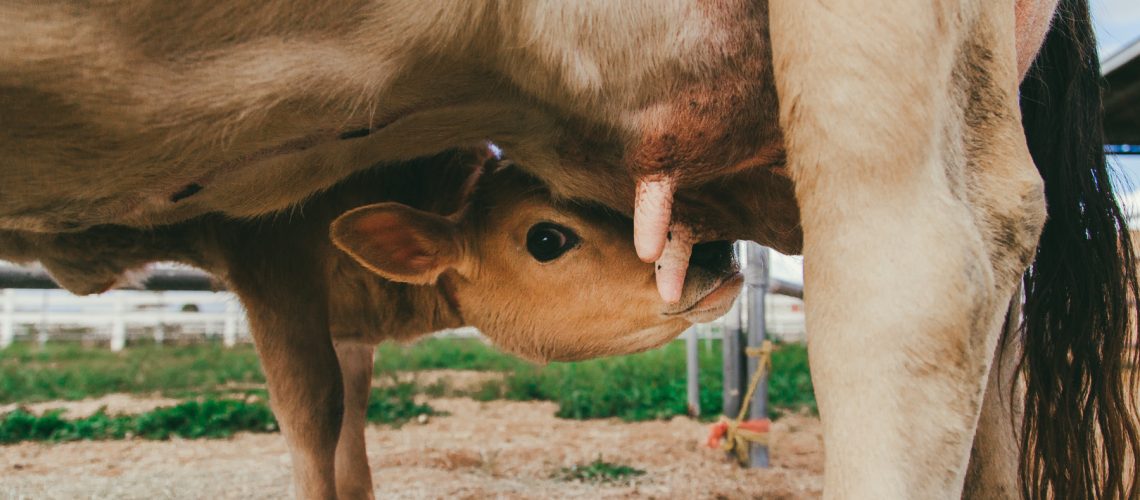I get this question a lot in the homesteading community, and usually with an incredulous tone (you did what?!). I get it. After all, we did things kind of backwards. Most new homesteaders start off with a modest garden, a small flock of chickens (all with charming names), and one or two small dairy goats. After a year or two of getting a quart of milk a day, if that, they want to scale up and in comes Bessie the cow to provide all the dairy needs. We, on the other hand, jumped in feet first with not one, but TWO jersey cows. After they both calved and started producing copious amounts of milk, we realized we were in over our head. We sold one cow, which was an untrained heifer, and kept the gentle cow and got to learn all about milking both cows and goats for the next three years. Yet, here we are, a year and a half after switching to exclusively milking goats. Do we like it? Is it the best fit for us on our homestead? Would we have cows again if we had more acreage?
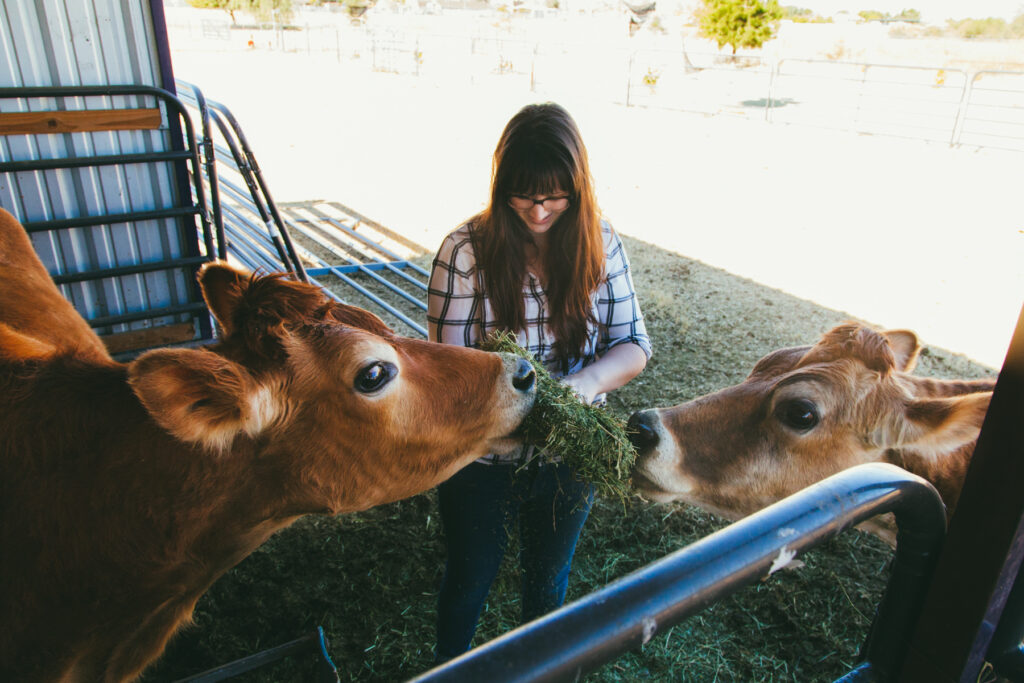
Let's Dive In
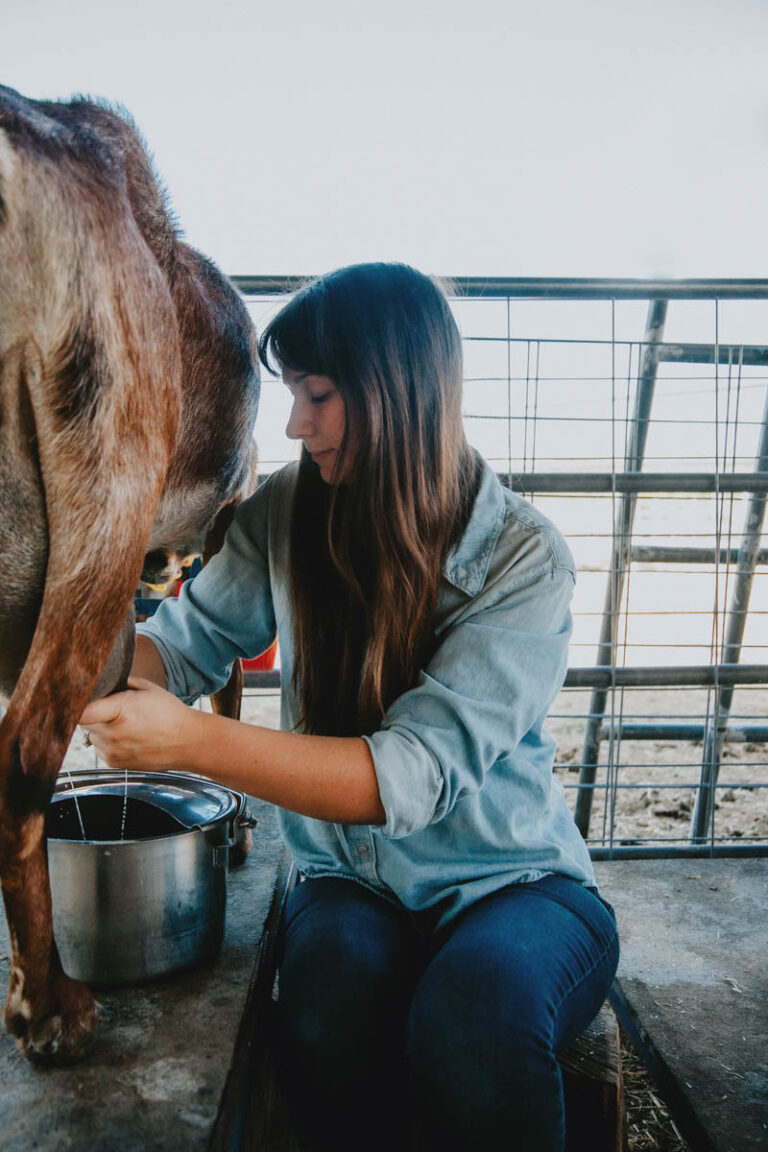
There’s no denying goats are a better fit for our small homestead. We have about one acre of pasture, and even with the lush grass thanks to our flood irrigation, we feed hay year round. Feeding a standard jersey cow, plus her calf, was a hefty bill in an area like ours, where hay is expensive. The goats are browsers, not grazers, so they don’t take full advantage of the pasture, but they still spend a good amount of time out there grazing, and eat the tree fodder too. We still feed them alfalfa year round, but we are currently feeding 13 goats (3 does in milk, 3 doelings bred for Spring kidding, 5 wethers (most for meat), and 2 bucks) the same amount of hay we were having to feed our jersey cow. We get about the same amount of milk too. Four gallons at peak (we got 4-5 with calf sharing with our cow).
This is probably my favorite part of owning smaller dairy animals. Not having all of our eggs (or milk!) in one basket! When our cow developed mastitis and required intramammary infusions, we didn’t get milk. When she had complications after a difficult calving and required antibiotics, we had to dump milk for ten weeks. My personal belief, after having had cows, goats, and both at the same time, is that for those of us homesteading on less than five acres, keeping goats or sheep for dairy has become very underrated.
Some of the other aspects of dairying with smaller animals that I really love are being able to do practically all of their care myself. This is a big deal as a woman who is the homesteader in chief during the week. I can work all of my goats, including my bucks, myself. I can restrain them, give them shots, assist with birthing, and move them without help. I can also care for their hooves myself too. Cows mostly require heavy machinery or special training to keep their hooves trimmed. With goats it’s as simple as a milk stand and a pair of clean garden clippers.
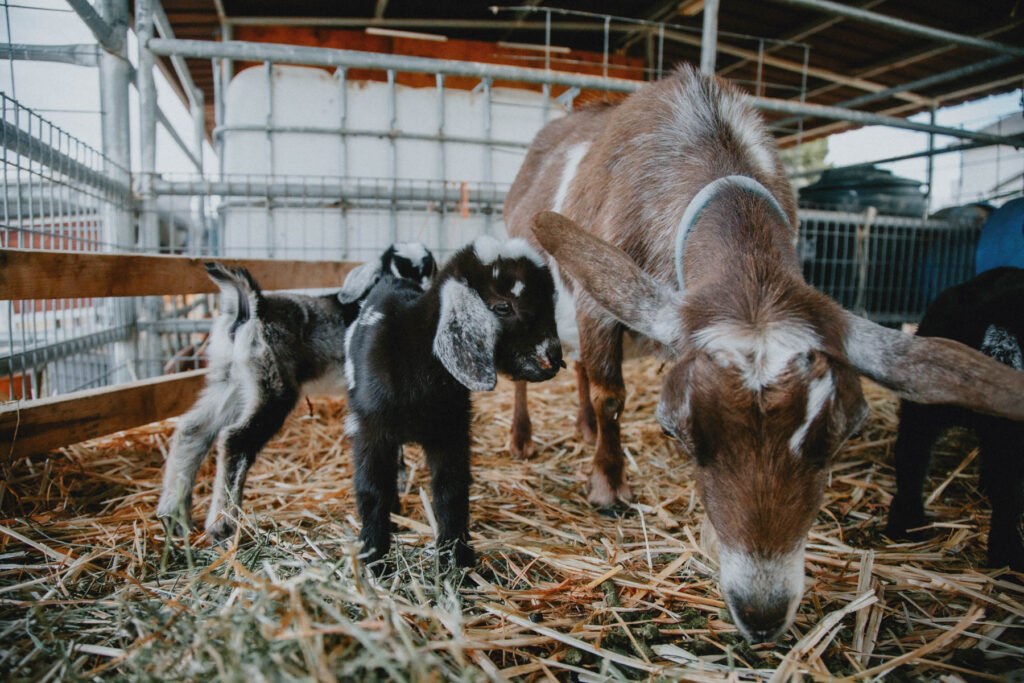
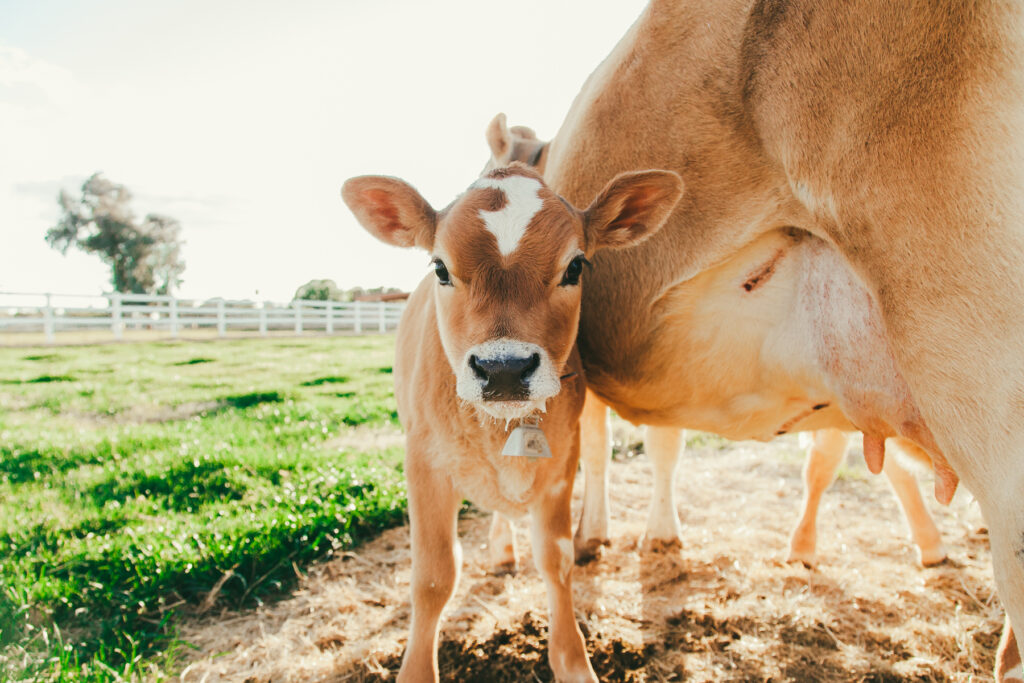
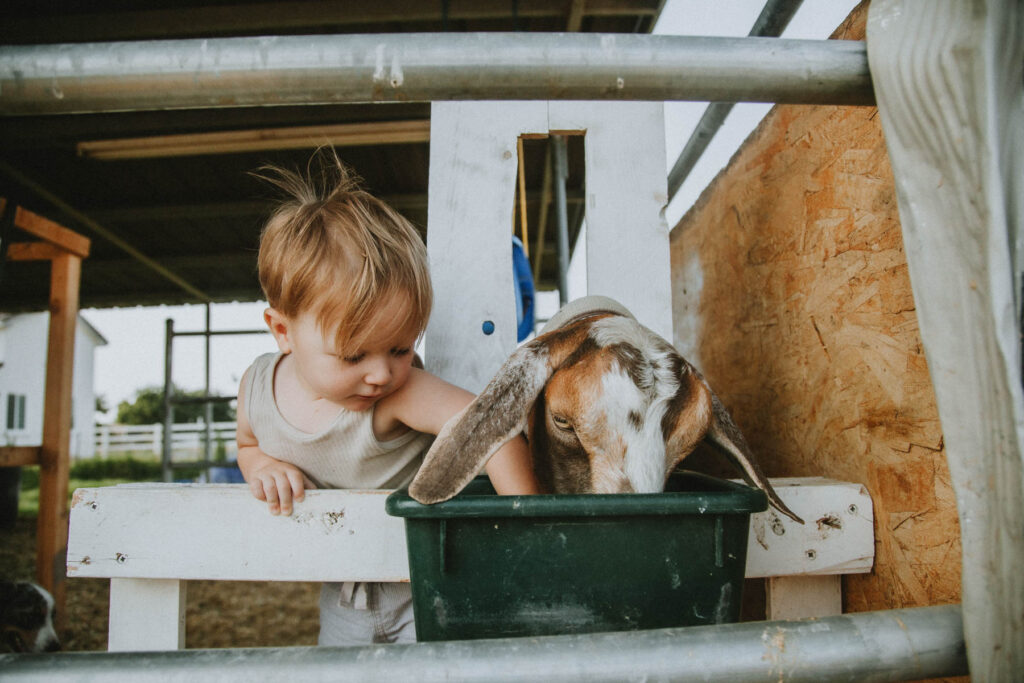
But what about the milk, you ask? Most people are under the impression that goats milk has a sour, “goaty” taste, and can only be used to make the soft chevre, or “goat cheese,” as Americans have dubbed it. Not so! The milk from our goats, and many of the more common backyard dairy goat breeds, is exceptionally creamy and sweet. In over four years of milking goats, I have never once had anyone try it and be disappointed. People consistently describe it as the best cows milk they’ve ever tasted. And as for cheese, well, I made a whole course about that 
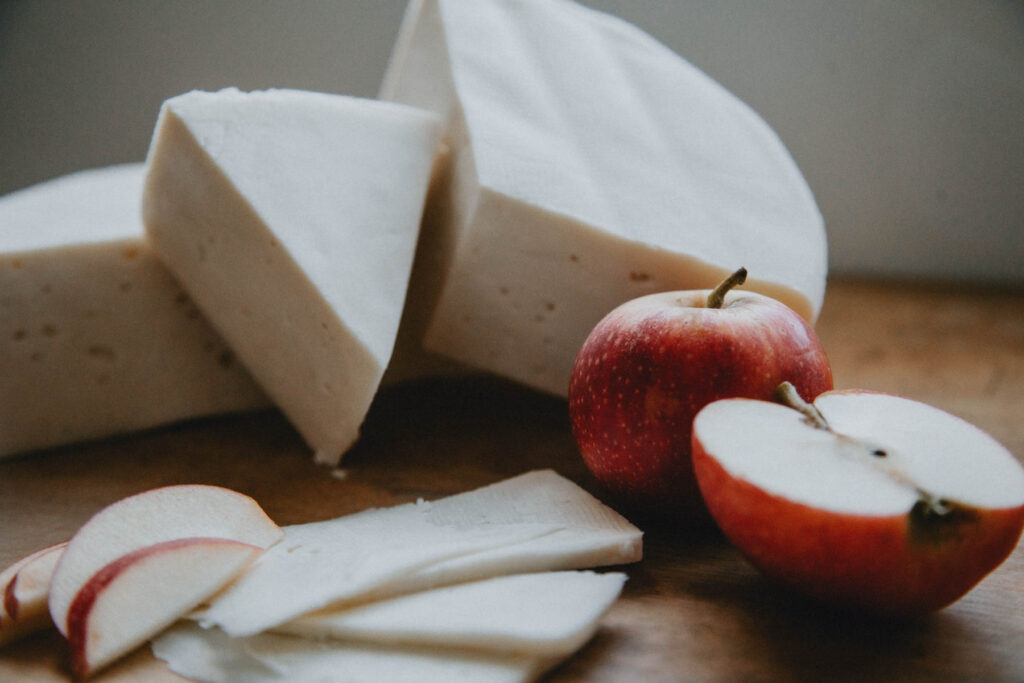
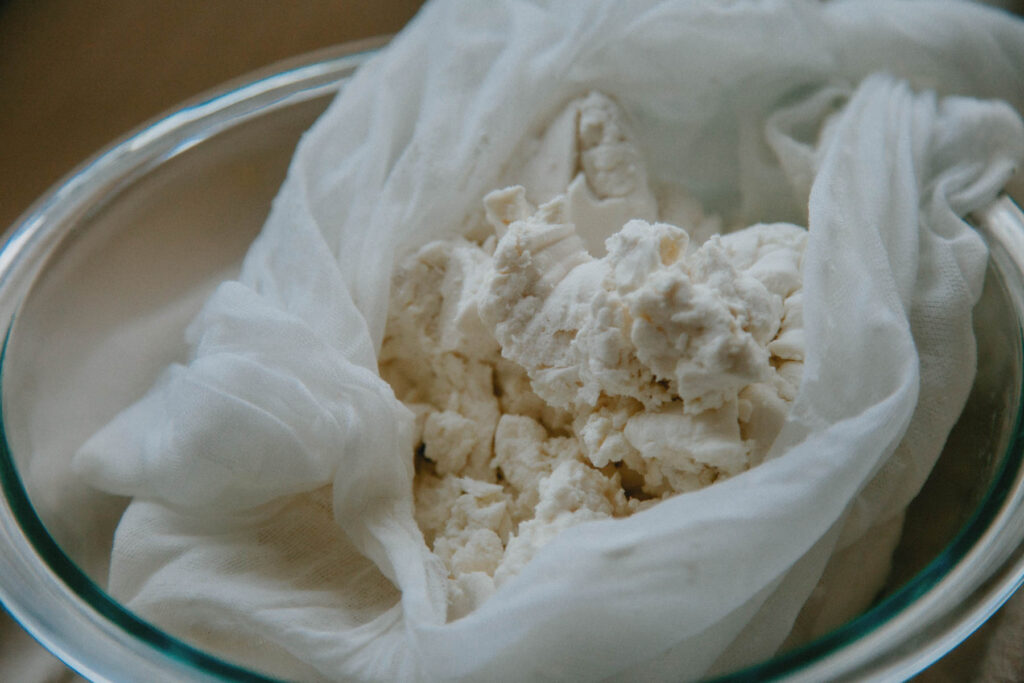
I could go on and on about the things I don’t miss about keeping cows – the flies (goats are significantly less attractive to flies than cows), the sloppy cow pies (goats poop is pelleted like a rabbit, and can be directly applied to the garden!), the feed bill, but I will tell you the one thing I do miss about having a dairy cow. The cream. This is the one area where goats are not so benevolent. Although goats milk is extremely rich and creamy (our breed of goat produces more butterfat than a jersey cow), it is naturally mixed together so that it is practically homogenized. This comes in handy for drinking and making yogurt, as the cream is evenly dispersed in the milk. But butter-making is more difficult. In order to separate the cream from the skim you must have a machine called a cream separator, which uses centrifugal force to separate the fat globules. I have yet to use a machine like this, and so for now I purchase butter. If you are serious about home dairying, armed with a machine like this and a handful of goats in milk, you’d have an abundance of dairy products to fill the fridge and freezer!
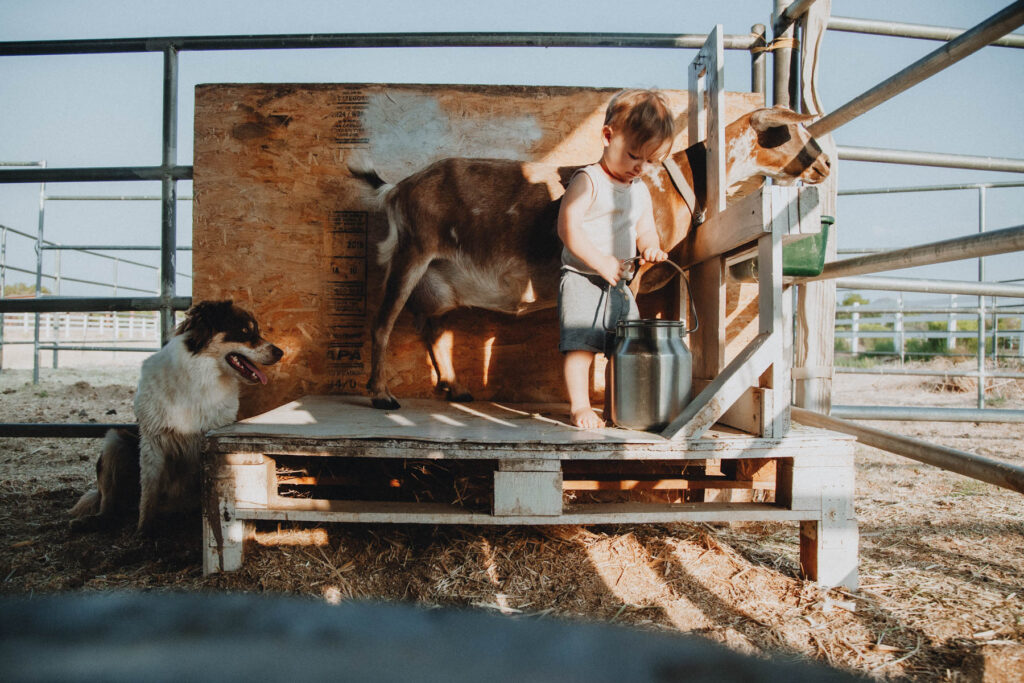
So that’s it in a nutshell. We switched from cows to goats, and we really don’t miss the cows much at all. If we ever lived on a much larger homestead we might consider keeping a cow for the cream, and because I love a sweet jersey doe-eyed face, but I certainly don’t feel like we need one. And I’m more convinced than ever that a few dairy goats of a breed that produces a good amount of milk (Nubians, mini Nubians, saanan, alpines, etc) are more than enough to fulfill the dairy needs of your average family.

